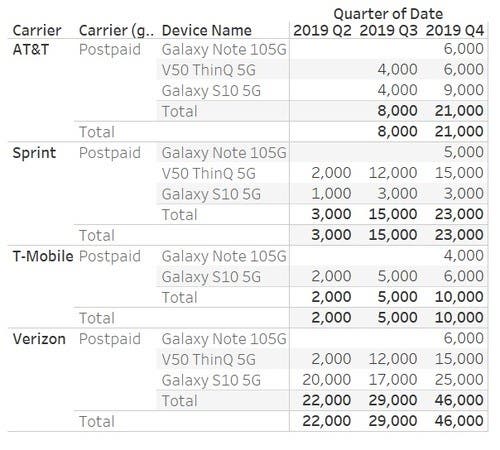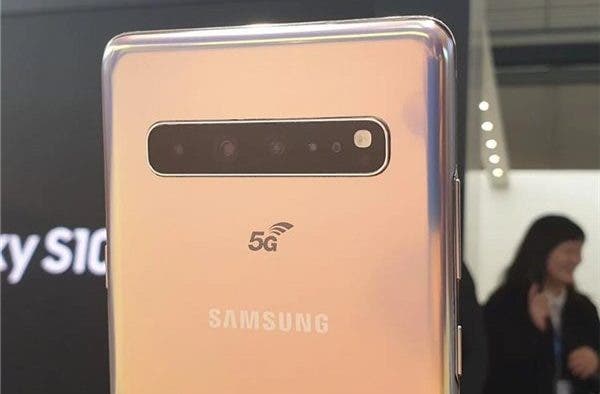5G development in the US market seems to be somewhat slow. According to BayStreet Research, as of the end of the second quarter of 2019, US telecom operators sold only 29,000 5G smartphones. The company predicts that this sales figure will not grow too much throughout 2019.
‘It’s very small volume,’ said Cliff Maldonado, the firm’s founder. ‘The value proposition [for 5G devices] isn’t clear.’
Undoubtedly, 5G is still in its infancy in the United States. The service is only available in the US for a few months, and there are only a few cities with the network coverage. There are not many 5G smartphones already on the market. These phones are not cheap: for example, the Samsung Galaxy S10 5G phone sold by Verizon costs $1,300.

Therefore, it is no wonder that the sales of the first batch of 5G smartphones are flat.
The 5G Moto Mod accessory is not listed in the above figure. As you know, users can use this accessory to access the Verizon 5G network on some existing Motorola smartphones. Cliff Maldonado estimates that the sales of this accessory is only 1,000-2000.
BayStreet Research’s data comes from public releases and private data sources. Cliff Maldonado noted that the company’s third and fourth quarter data is an estimate. He also pointed out that 5G smartphone sales in the next few months will not (and cannot) include unreleased terminal equipment.
What does this 5G smartphones sales status mean?
If the United States is competing with South Korea on 5G, then it is clear that South Korea has gained a significant lead. South Korean operators have more than 1.5 million 5G subscribers. Moreover, South Korea’s 5G network has covered many major cities in the country. And three operators in the country have already provided 5G services.
US carriers are committed to improving the 5G network this year and next. T-Mobile and Verizon executives are committed to selling 5G handsets at lower prices, and T-Mobile and AT&T are committed to providing 5G coverage nationwide next year.
In addition, many in the industry believe that the launch of 5G in the United States may eventually take up to 10 years. Operators will need to deploy 5G on potentially millions of small cells, use a wider spectrum band, and must invest new techniques such as mobile edge computing. But these technologies can support a wide range of new services, such as real-time virtual reality and autonomous driving.
For these reasons, many in the industry are optimistic about the overall outlook for the US 5G. But in the early stages of 5G development, most of the actual customers are on the sidelines.
Follow Gizchina.com on Google News for news and updates in the technology sector.





